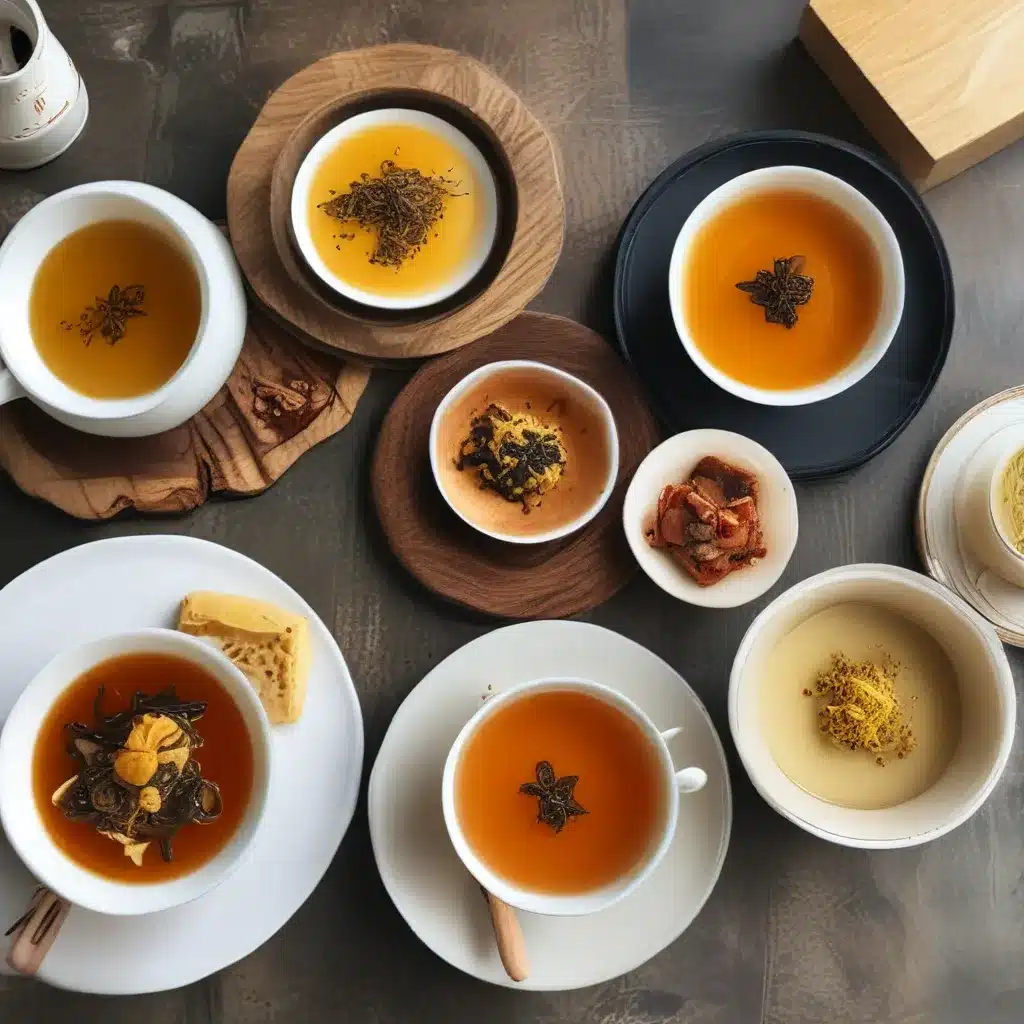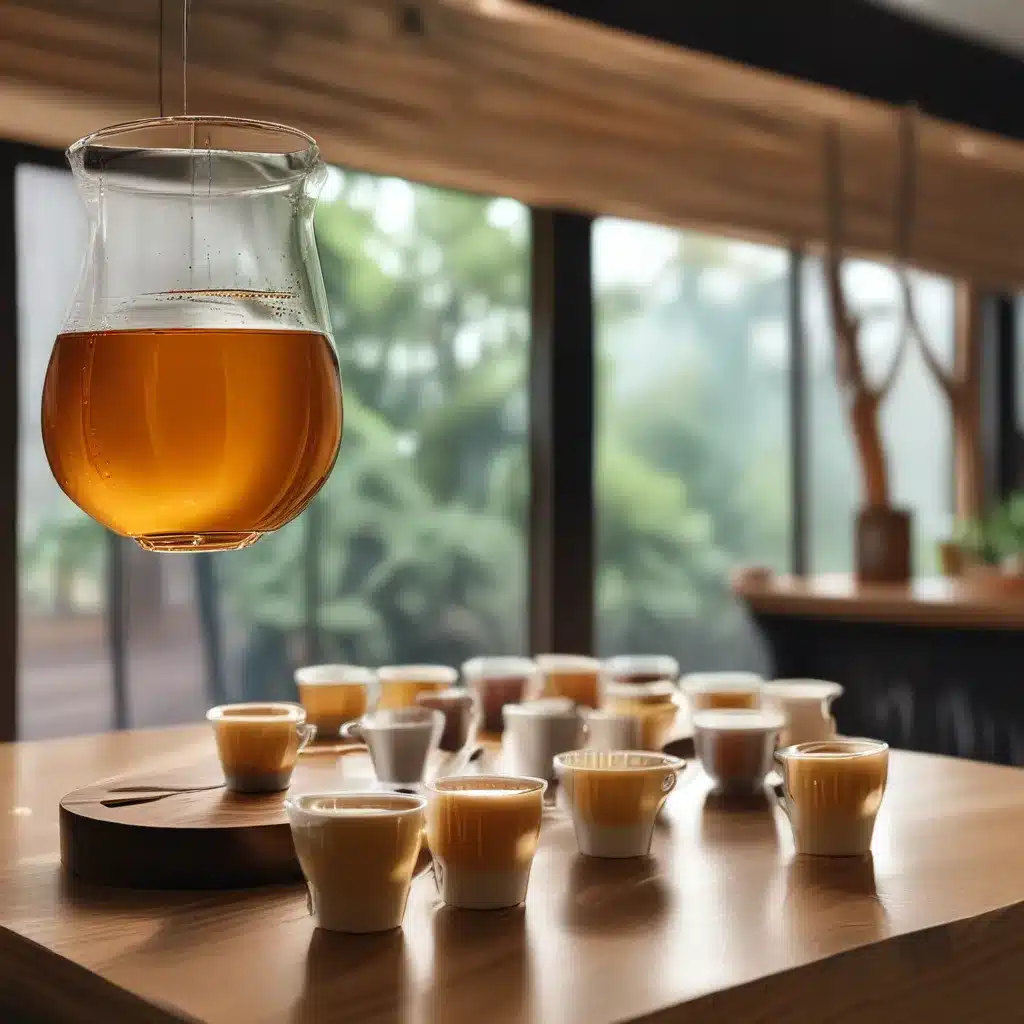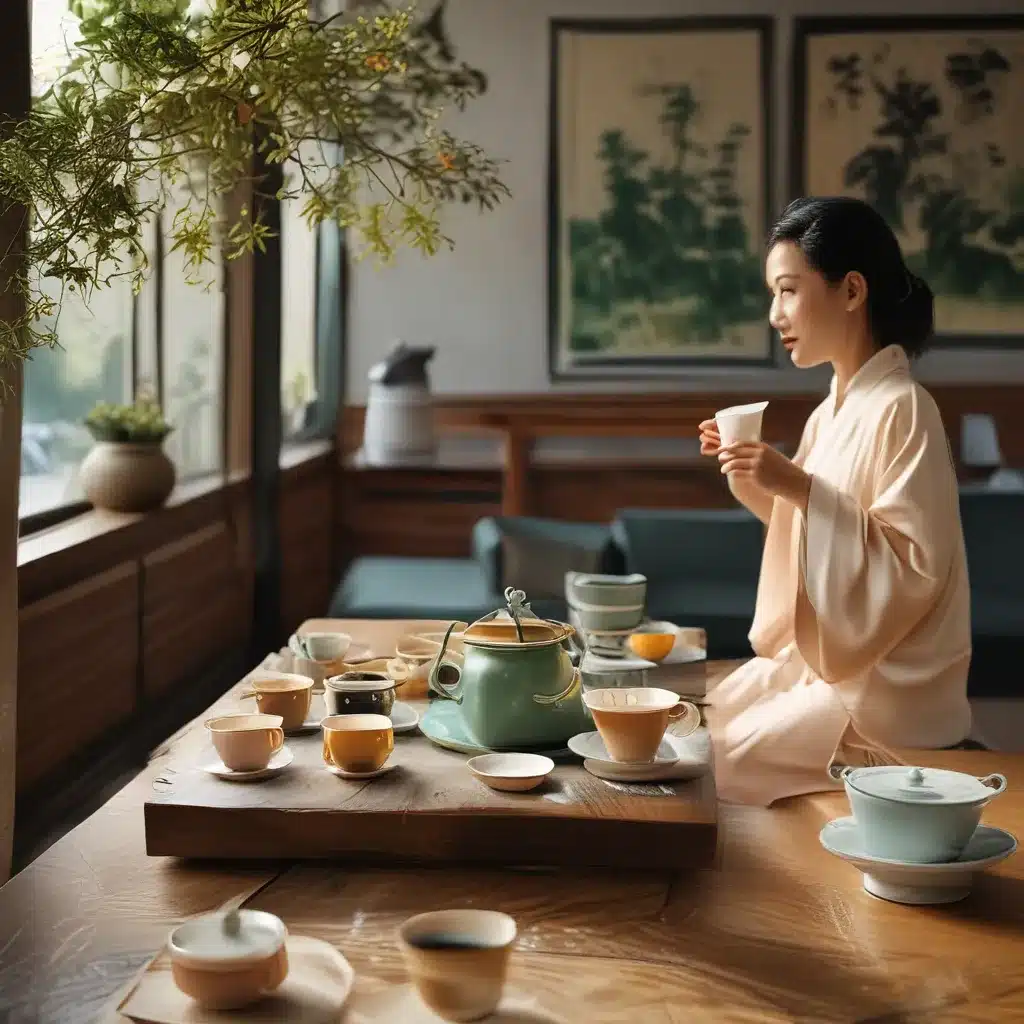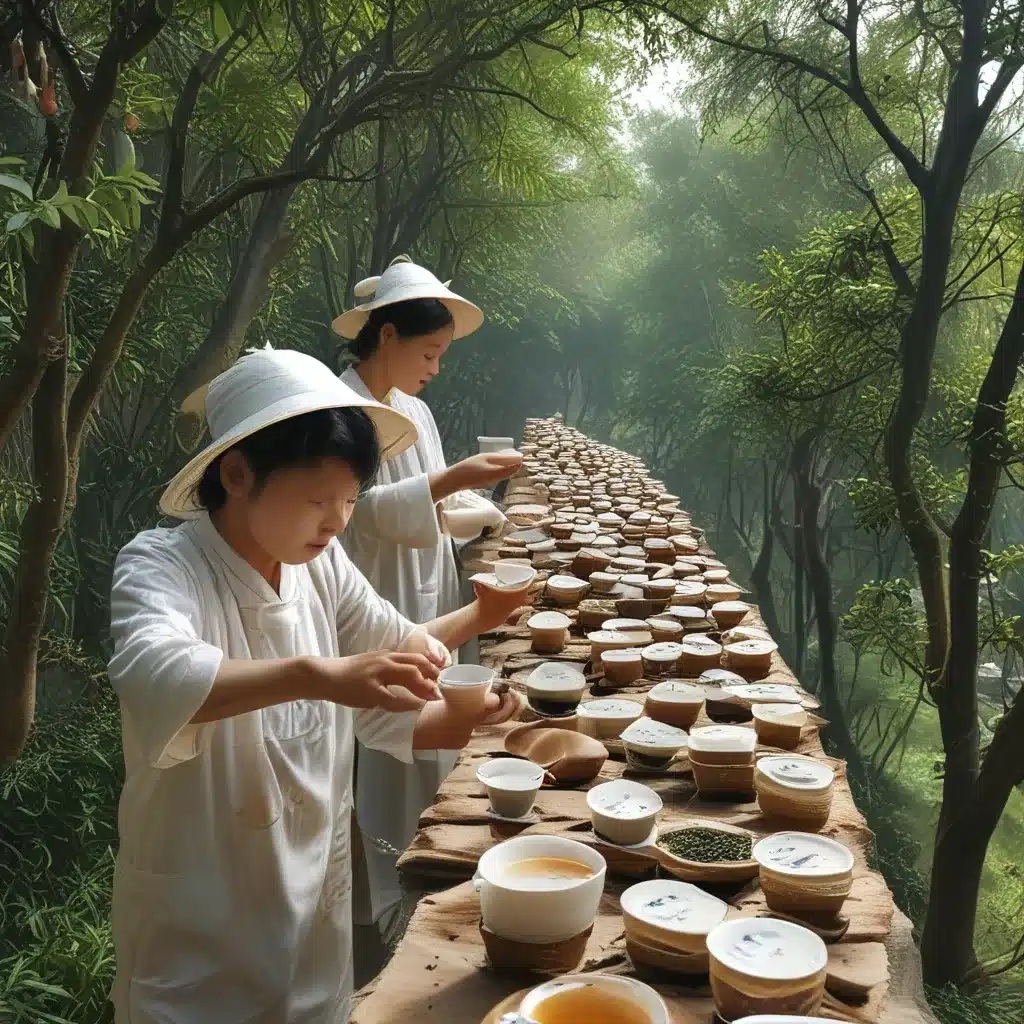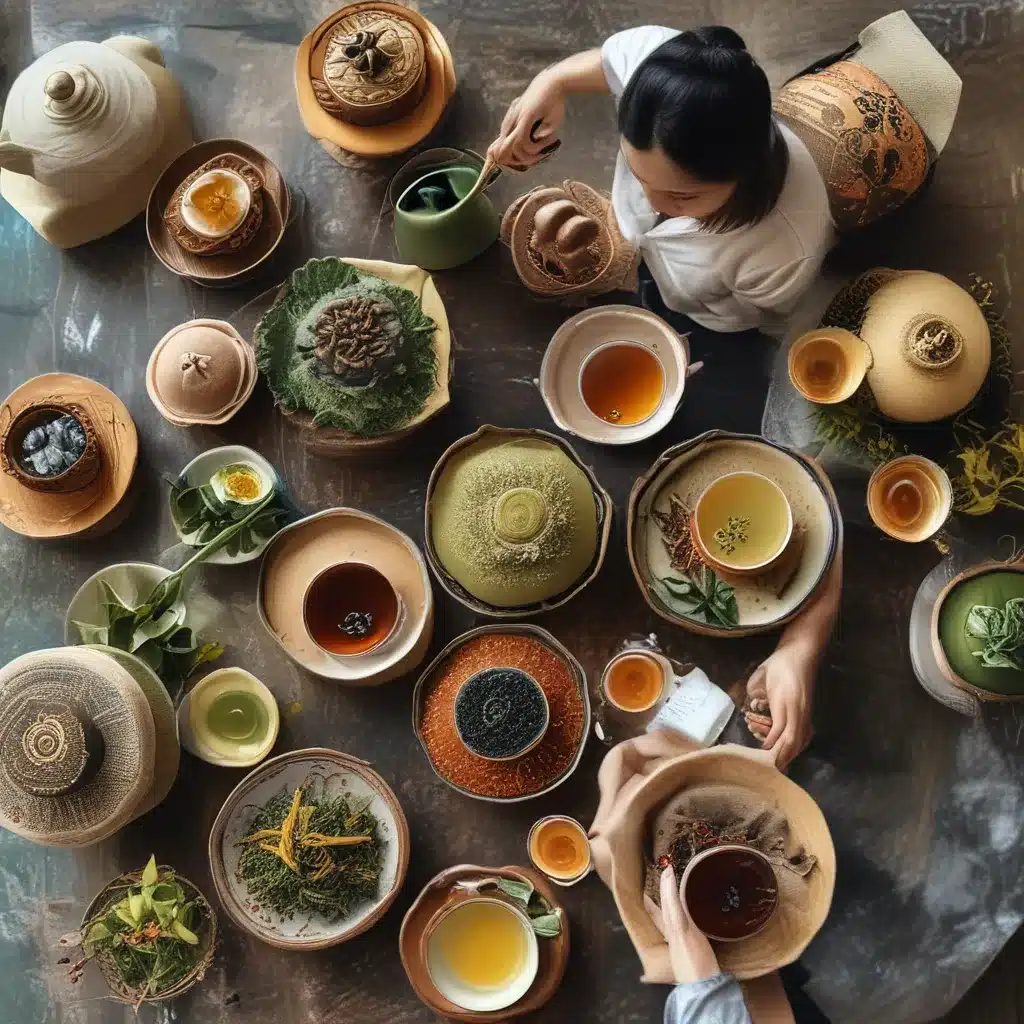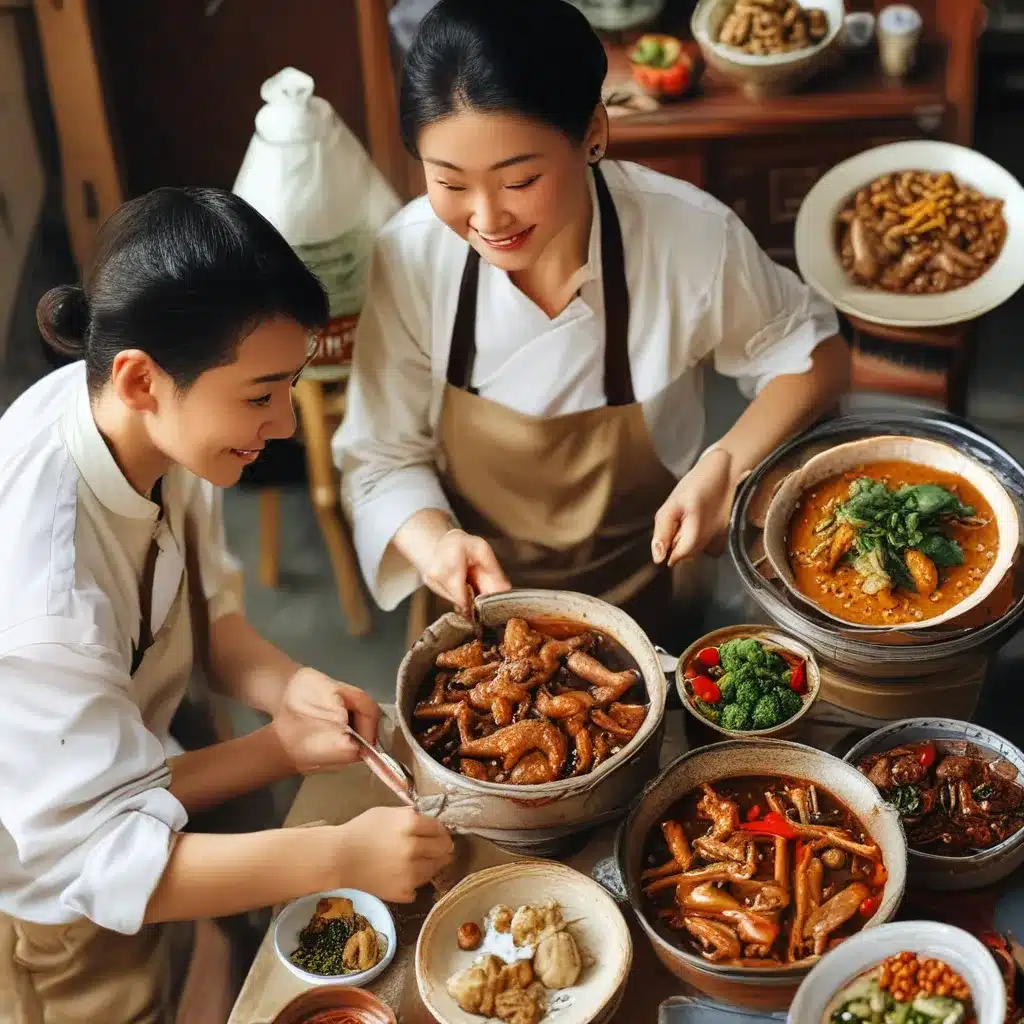
The Art of Shanghai Cooking: From Fiery Woks to Silky Dumplings
As a lifelong devotee of Shanghai cuisine, I’ve had the pleasure of savoring its bold flavors and intricate techniques since I was a little dragon hatchling. Growing up in a family of passionate home cooks, I learned the art of Shanghai cooking from the best – my father, who has been perfecting his craft for over five decades.
From the sizzling woks to the delicate folds of a perfect wonton, Shanghai cuisine has a way of captivating the senses and transporting you to the vibrant streets of my beloved hometown. It’s a culinary journey that I’m thrilled to share with you, dear reader, as we explore the spice-filled secrets of authentic Shanghai cooking.
Mastering the Wonton Wrapper: A Silky Smooth Affair
Let’s start with the humble wonton wrapper – the canvas upon which many of Shanghai’s most iconic dishes are built. As my good friend Andrea Nguyen from Viet World Kitchen eloquently describes, these delicate skins are the foundation for everything from fried wontons to wonton noodle soup.
When it comes to wonton wrappers, quality is key. I always steer clear of the thick, doughy variety, as they can easily overwhelm the filling and ruin the overall experience. Instead, I opt for the thin, supple skins that practically melt in your mouth. My go-to brands are Nasoya and Dynasty, both of which can be found at your local Asian market or even at some well-stocked supermarkets.
But don’t just take my word for it – as Andrea wisely advises, be an “informed, smart wonton skin shopper and user.” Give those wrappers a good once-over before purchasing, checking for freshness and flexibility. The perfect wonton skin should fall like a ream of paper when you run your fingers across the stack.
The Art of Wonton Shaping: Unleash Your Inner Origami Master
Now that you’ve mastered the art of selecting the perfect wonton wrapper, it’s time to get your hands dirty and start shaping those little dumplings. While there are endless variations to explore, from the classic crescent moon to the more intricate pleated purse, I always come back to the simple yet elegant triangle.
As Andrea’s video tutorial demonstrates, the key to wonton shaping is all about precision and a light touch. Start by placing a small spoonful of filling in the center of your wrapper, then use a bit of water to seal the edges. Gently pinch and fold the dough, creating sharp creases that will hold their shape during cooking.
It may take a bit of practice to get the hang of it, but trust me, the satisfaction of crafting your own homemade wontons is well worth the effort. And don’t be afraid to get creative – once you’ve mastered the basics, you can start experimenting with different fillings and shapes to truly make the dish your own.
Elevating the Humble Wonton: Frying, Boiling, and Beyond
Of course, the fun doesn’t stop at shaping the perfect wonton. The real magic happens when you start cooking those little dumplings to perfection. Whether you’re frying them to a delicate crispness or simmering them in a savory broth, each cooking method brings out different flavors and textures.
For a classic Shanghai-style appetizer, I love to shallow-fry my wontons until they’re golden brown and irresistibly crunchy. Serve them alongside a tangy dipping sauce, and you’ve got a surefire crowd-pleaser that will have your guests begging for more.
But don’t limit yourself to just fried wontons – the possibilities are endless! As Andrea suggests, you can also use wonton wrappers to make steamed siu mai dumplings or even reinvent classic Chinese chicken salad by frying the wrappers into crispy chips.
And let’s not forget the humble wonton noodle soup – a Shanghai staple that showcases the versatility of these delicate dumplings. Simply drop your freshly-made wontons into a simmering broth, along with springy noodles and a selection of fresh vegetables, for a comforting and deeply satisfying meal.
Mastering the Wok: Lessons from a Shanghai-Born Dragon
While wontons may be the heart and soul of Shanghai cuisine, no discussion of this vibrant food culture would be complete without exploring the wok – the trusty workhorse that transforms simple ingredients into culinary masterpieces.
As the award-winning cookbook author Liz Lau so eloquently states, “My dad’s been cooking Chinese food for over 50 years – as a kid fending for himself in Guangzhou as the head chef of his own restaurant and as a loving father in our home.” This dedication and passion is precisely what I’ve witnessed firsthand in my own family’s kitchen.
The secret to mastering the wok lies in a delicate dance of high heat, lightning-fast movements, and a deep understanding of how flavors interplay. It’s a skill that takes years to hone, but once you’ve got it, the world of Shanghai-style stir-fries, braises, and sautés opens up before you.
One of my favorite techniques is the “velveting” method, where I quickly blanch and marinate the protein before stir-frying. This helps to lock in moisture and tenderness, resulting in an almost silky-smooth texture that perfectly complements the bold, umami-rich sauces that are the hallmark of Shanghai cuisine.
A Dragon’s Tale: Passing Down the Culinary Torch
As I reflect on my journey with Shanghai cooking, I can’t help but feel a deep sense of gratitude for the knowledge and traditions that have been passed down through the generations in my family. From my father’s unwavering dedication to perfecting his craft to the countless hours spent in the kitchen alongside my mother, these experiences have shaped me into the passionate home cook I am today.
And now, dear reader, I have the honor of sharing these treasured culinary secrets with you. Whether you’re a seasoned Shanghai cuisine enthusiast or just embarking on your first culinary adventure, I hope that the tips and techniques I’ve shared here will inspire you to venture into the vibrant, spice-filled world of authentic Shanghai cooking.
So, what are you waiting for? Head on over to One Dragon Restaurant and let’s get cooking! Together, we’ll spice up your life with the bold, unapologetic flavors that make Shanghai cuisine so irresistible.

